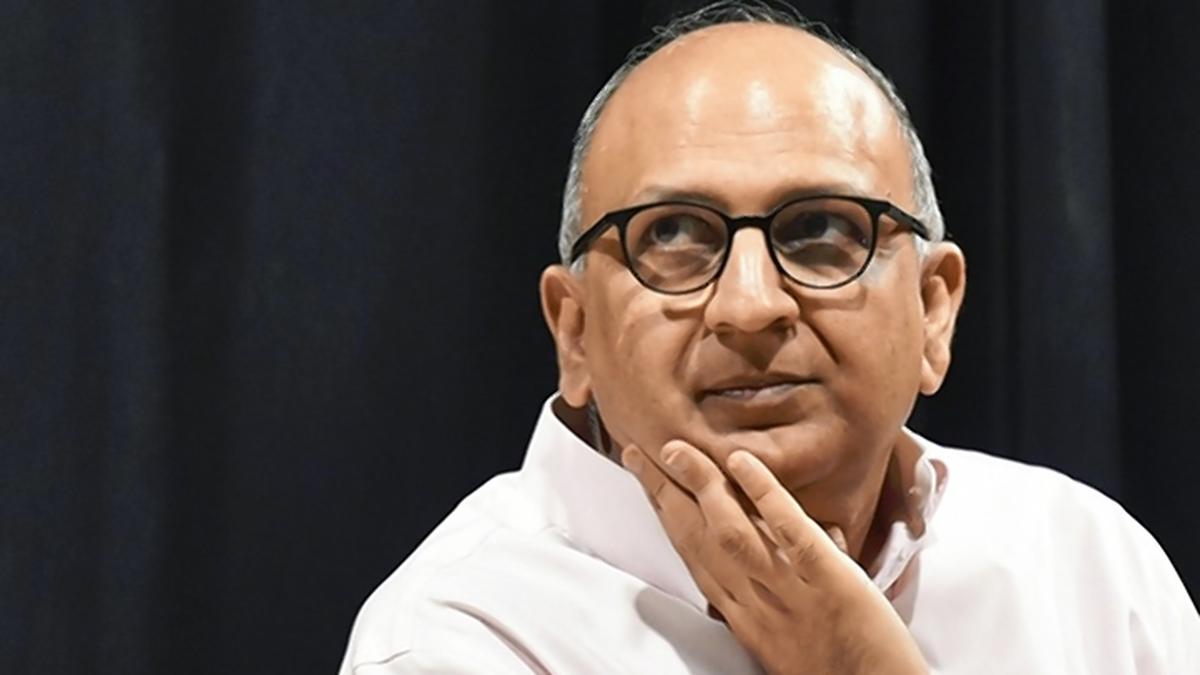ARTICLE AD BOX
Last Updated:August 22, 2025, 12:45 IST
India is advancing electronic warfare with DRDO, BEL, and private firms, aiming for global exports and innovation in AI, drones, and space-based EW

India is aiming for Rs 35,000 crore in defence exports by 2025. (News18 Hindi)
The nature of warfare is shifting rapidly in the digital age, and India is preparing to meet that challenge head-on. The electromagnetic spectrum (EMS), once a largely overlooked domain, has now emerged as a critical battlefield, on par with land, sea, air, and space. Electronic warfare (EW), which involves intercepting, disrupting, and manipulating enemy communications and radar systems, is increasingly seen as decisive in modern conflicts.
For India, the urgency is clear. With growing geopolitical tensions along its borders, the rapid militarisation of neighbouring countries, and new-age threats such as drones, hypersonic missiles, and cyber-electromagnetic attacks, the country has unveiled a comprehensive electronic warfare doctrine that integrates the Army, Navy, and Air Force.
From Imports To Indigenous Systems
India’s EW journey began in the 1980s and 1990s with a mix of imports and small-scale domestic efforts. Over the past decade, however, the Defence Research and Development Organisation (DRDO), Bharat Electronics Ltd (BEL), and an expanding pool of private sector partners have injected fresh momentum into the sector.
The Navy today deploys the indigenously developed ‘Shakti’ EW suite, which provides electronic support and countermeasures for warships, while ‘Divya Drishti’ enables long-range monitoring of enemy signals. Private defence players including Tata Advanced Systems, L&T Defence, Data Patterns, and Centum Electronics are now active participants, broadening India’s EW ecosystem.
Investment and Market Growth
Globally, the electronic warfare market is projected to touch $25 billion by 2028, with the Asia-Pacific leading growth. India has committed more than Rs 1.5 lakh crore towards electronics-enabled military modernisation, much of it tied to EW programs.
Government policies such as the Defence Acquisition Procedure (DAP 2020) and the Positive Indigenisation List mandate domestic production of EW equipment. Parallel initiatives, including the PLI scheme for electronics and semiconductors and the planned semiconductor fabs in Gujarat and Karnataka, are also expected to bolster the sector.
Defence exports are another priority. India aims to achieve Rs 35,000 crore in defence exports by 2025, with EW systems positioned as a major contributor. Already, Indian-made EW equipment is being exported to Southeast Asia and Africa.
Innovation At The Core
Experts say future EW systems will rely heavily on innovation. Emerging areas include:
- AI-powered cognitive EW, which uses self-learning algorithms to counter evolving threats.
- Miniaturised EW systems mounted on drones for surveillance and anti-drone warfare.
- Space-based EW, harnessing satellites for electronic intelligence gathering.
Industry officials say work is underway to integrate artificial intelligence and machine learning into India’s EW platforms, enabling them to adapt in real time to hostile environments. In the coming years, EW is expected to merge with cyber operations, directed-energy weapons, and 5G-enabled technologies, forming the backbone of multi-domain warfare.
India has already demonstrated the power of EW during Operation Sindoor when Indian forces electronically crippled Pakistani radar systems, clearing the way for fighter jets to strike terrorist hideouts within minutes. The episode underlined what experts have long maintained, that control of the electromagnetic spectrum can decisively tilt the outcome of a conflict.
Analysts say India’s focus on EW is not just about defending its borders, but also about carving a place in the global defence electronics market. If current momentum continues, electronic warfare could become one of India’s largest defence-industrial sub-sectors over the next decade.
- Location :
- First Published:
August 22, 2025, 12:45 IST
News india Rafale, F-35, S-400 In Crosshairs? Why India Is Betting Big On Electronic Warfare
Disclaimer: Comments reflect users’ views, not News18’s. Please keep discussions respectful and constructive. Abusive, defamatory, or illegal comments will be removed. News18 may disable any comment at its discretion. By posting, you agree to our Terms of Use and Privacy Policy.
Read More



.png)
.png)
.png)
















 2 days ago
19
2 days ago
19







 English (US) ·
English (US) ·